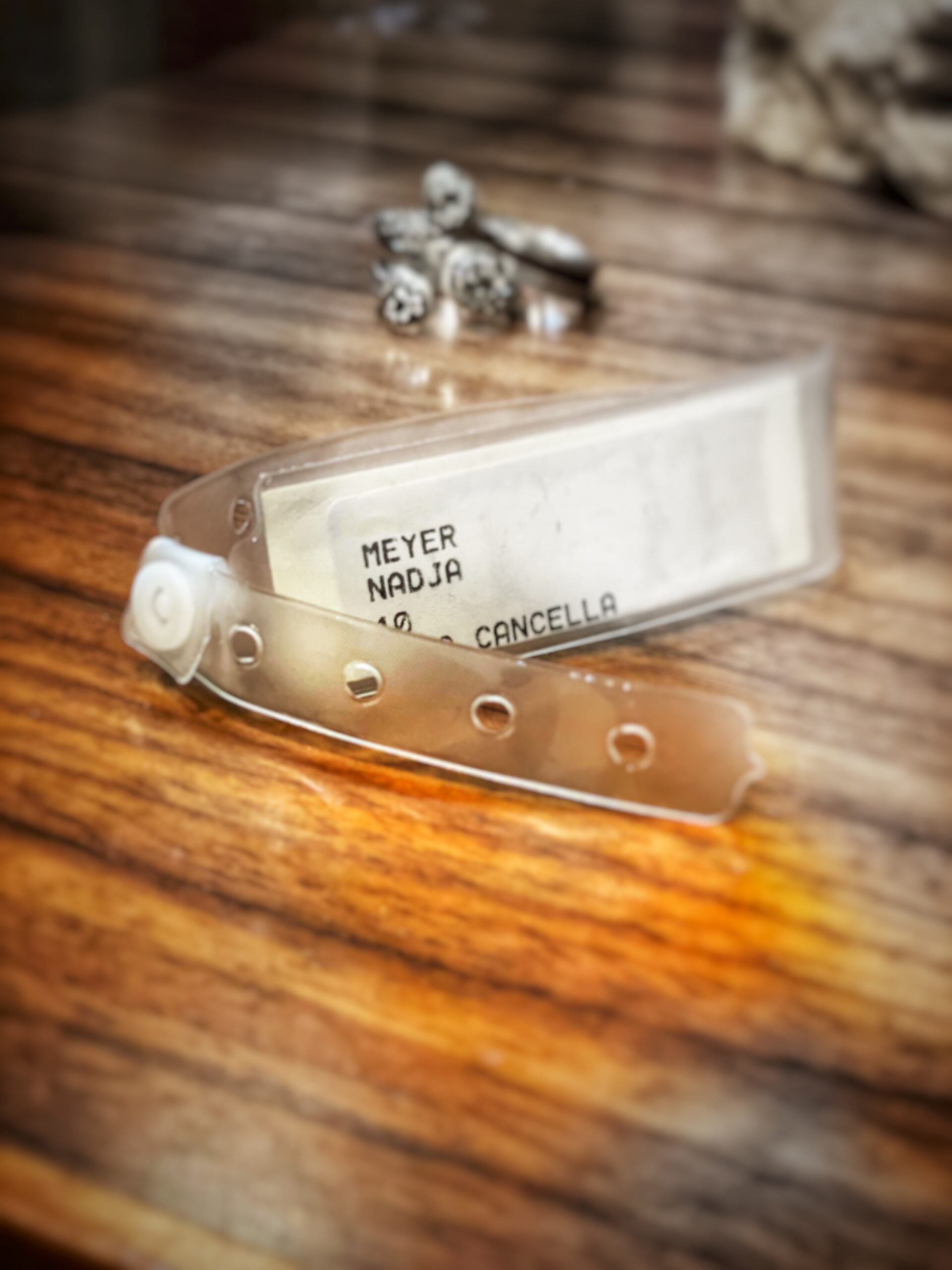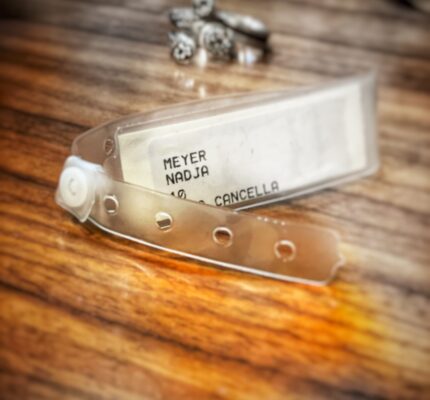Scuba diving, an exhilarating and adventurous sport, is not without its risks. Every diver should be aware that diving safely involves education and risk management. While it might not transform every potential hazard into a delightful stroll in the park, with proper precautions and a good dose of common sense, diving can be a reasonably safe activity. As they say, “Better safe than sorry!”
Now, we humans tend to think we know it all, especially when we’re in our comfort zone. But the truth is, even seasoned divers make mistakes. So let me share some of my own blunders so you can learn from them and hopefully avoid making the same ones.
Scuba diving isn’t just about adhering to dive tables, staying within dive profile limits, or using a reliable computer and equipment. It’s also about being in tip-top physical and mental shape. Self-care is crucial before you take the plunge. However, sometimes we don’t see all the factors at play.
For instance, after a stressful week, I was convinced by friends to go diving. I agreed, despite having slept poorly, being on my period, and not hydrating enough the day before. In hindsight, I was more tired and dehydrated than I realized. But the morning of the dive, I felt fine, energized, and didn’t notice any red flags. So, I went diving.
First, the dive site was the Rozi, a wreck around 35 m long and lies upright on a sandy bottom. Her mast starts at 20 m, and most of the wreck is between 30 and 34 m underwater. I was excited because I love that dive site! We got ourselves ready, and I misjudged my buddies’ speed in prepping their gear. As a result, I put on my hot wetsuit and then had to wait for them. Next, we walked to the water, and my buddy and I got in, only to linger longer at the surface waiting for two members of our group who then had some malfunction with their dive gear. It wasn’t cold or stressful, but I couldn’t help but feel like a bobbing buoy, waiting for the party to start. The issue was fixed soon, and the adventure finally began.
As we headed to the dive site – first just under the surface and then descending toward the Rozi, I discovered that I’d lost my secondary dive computer. That’s when a small panic set in – those things aren’t cheap, as you might know! I started searching a little bit and lost track of my depth. However, it was really gone, and there was nothing to be done about it, so I tried to shake off the stress, concentrated on getting control of my dive profile, and continued with the dive. One computer is still safe to dive with, and we had a great time at the Rozie.
The second dive took place in the same area, featuring the mesmerizing arches and walls at Cirkewwa, along with a few swim-throughs. The experience was both incredible and meditative. However, halfway through the dive, I began to experience cramps. Though there was no need to panic since we were all taught how to handle such situations, it should have been a red flag indicating the state of my body at the time. Cramps are often a sign of dehydration.
After the dive, we returned home. Had I remembered my training, I might have been able to avoid the events that followed. To help me relax, my husband drew a hot bath and brought me a cocktail. I’ve seen many people in Malta’s pubs enjoying a drink in the evening after a day of diving. I’ve always followed the rule of not drinking the night before a dive to ensure I’m fresh and clear-headed, but I didn’t realize the dangers of drinking on the same night.
An hour after dinner, I felt a strange sensation in my arms, particularly in my joints. It was like pins and needles, but different from anything I had experienced before. My husband thought I might have been lying awkwardly on my arm, but something didn’t sit right with me. After another 15 minutes, I decided to call the DAN hotline and speak with a dive doctor. I recounted the day’s events and began to recognize the errors I had made along the way. I asked if my symptoms could be related to decompression sickness.
For my non-diving friends, scuba diving is thrilling and exciting, but it also comes with inherent risks. One of the most severe risks is decompression sickness, commonly known as “the bends.” Decompression sickness occurs when a scuba diver ascends to the surface too quickly, causing gases (such as nitrogen) to form bubbles in the body. Apparently, it can also be triggered by a less-than-perfect day of diving, where numerous minor mistakes accumulate into a significant problem. These bubbles can cause various symptoms, including joint pain, skin rash, and difficulty breathing. In severe cases, decompression sickness can be life-threatening.
The doctor confirmed my suspicions when nausea and a skin rash appeared just before my call. He advised me to go straight to the hospital. Fortunately, we lived near a hospital with a hyperbaric chamber, just a short taxi ride away.
Upon arrival, Hass and the staff promptly checked me in and administered oxygen to see if we could avoid using the hyperbaric chamber. I even briefly forgot who Hass was, but luckily it was just a fleeting experience related to the gas; I could still listen and observe my surroundings. It seemed many people were having a tough day, as the ER bustled with car accident victims and even a disoriented older gentleman shouting conspiracy theories through the halls.
Perhaps my brush with DCS wasn’t as dire as it could have been, or maybe our lightning-fast response saved the day, but after about an hour of breathing in that sweet, sweet oxygen, my symptoms subsided, and I was free to return home. The next day, DAN checked in on me, inquiring about my well-being and requesting my dive profiles. They also recommended that I take a 6-week hiatus from diving. Not one to ignore expert advice, I had a chat with a dive doctor and devised a list of golden rules to ward off decompression sickness in future:
- Be computer savvy: A dive computer calculates your ideal dive time and depth based on your previous dive history, helping you avoid overstaying your underwater welcome and reducing the risk of decompression sickness.
- Table manners: Dive tables provide guidelines for how long you can linger at a particular depth before it’s time to ascend. By following these tables, you’ll give your body enough time to adjust to pressure changes.
- Take it slow: Remember, one of the main causes of decompression sickness is ascending too quickly. Aim for a leisurely and controlled ascent, no more than 18 meters per minute.
- Say no to booze and other downers: Alcohol and other substances can impair your judgment and hike the risk of decompression sickness. Steer clear of these before and after diving.
- Hydrate, hydrate, hydrate: Dehydration is a decompression sickness sidekick, so drink plenty of water before and after diving.
- Hold off on hot baths or showers: Skip the post-dive hot soak, as hot water can dilate your skin’s blood vessels, causing increased blood flow and a drop in blood pressure.
- Massage-free zone: Resist the urge for a massage right after scuba diving. Since diving can cause your body’s tissues to absorb nitrogen, a massage could release nitrogen bubbles too quickly, leading to decompression sickness or “the bends.”
Perhaps this little nugget of wisdom will come in handy for you too. By sticking to these best practices, you can keep the risk of decompression sickness at bay and ensure that your diving escapades are as safe and joyfully splash tastes as possible.
The takeaway for me? Listen to your body, stay mindful of all factors impacting your well-being, have faith in your training, and never underestimate the significance of self-care when diving. Stick to the simple rules above, and you’ll be in tip-top shape. Oh, and always keep an eye on your pricey dive gear, or you might find yourself swimming with the fishes – and not just in a fun way!

